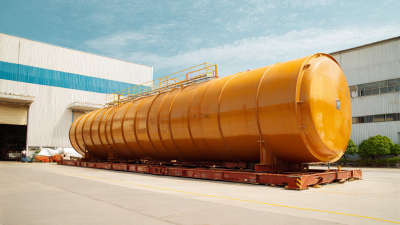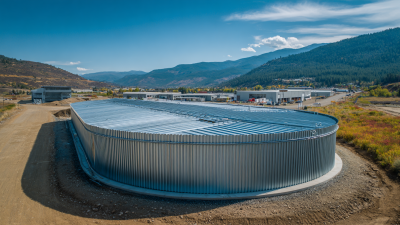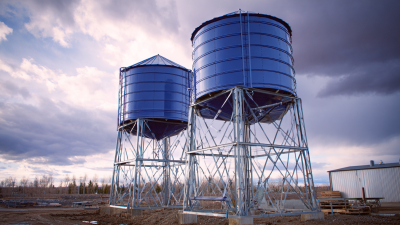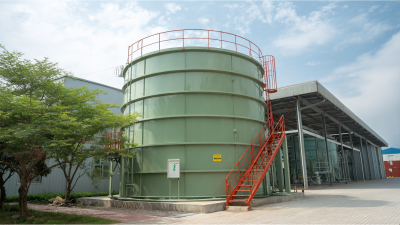When considering a reliable and efficient water storage solution, understanding how to choose the right Corrugated Steel Water Tank is essential for both residential and industrial applications. According to a report by the National Water Resource Association, steel water tanks have been recognized for their durability and longevity, often lasting over 30 years with proper maintenance.
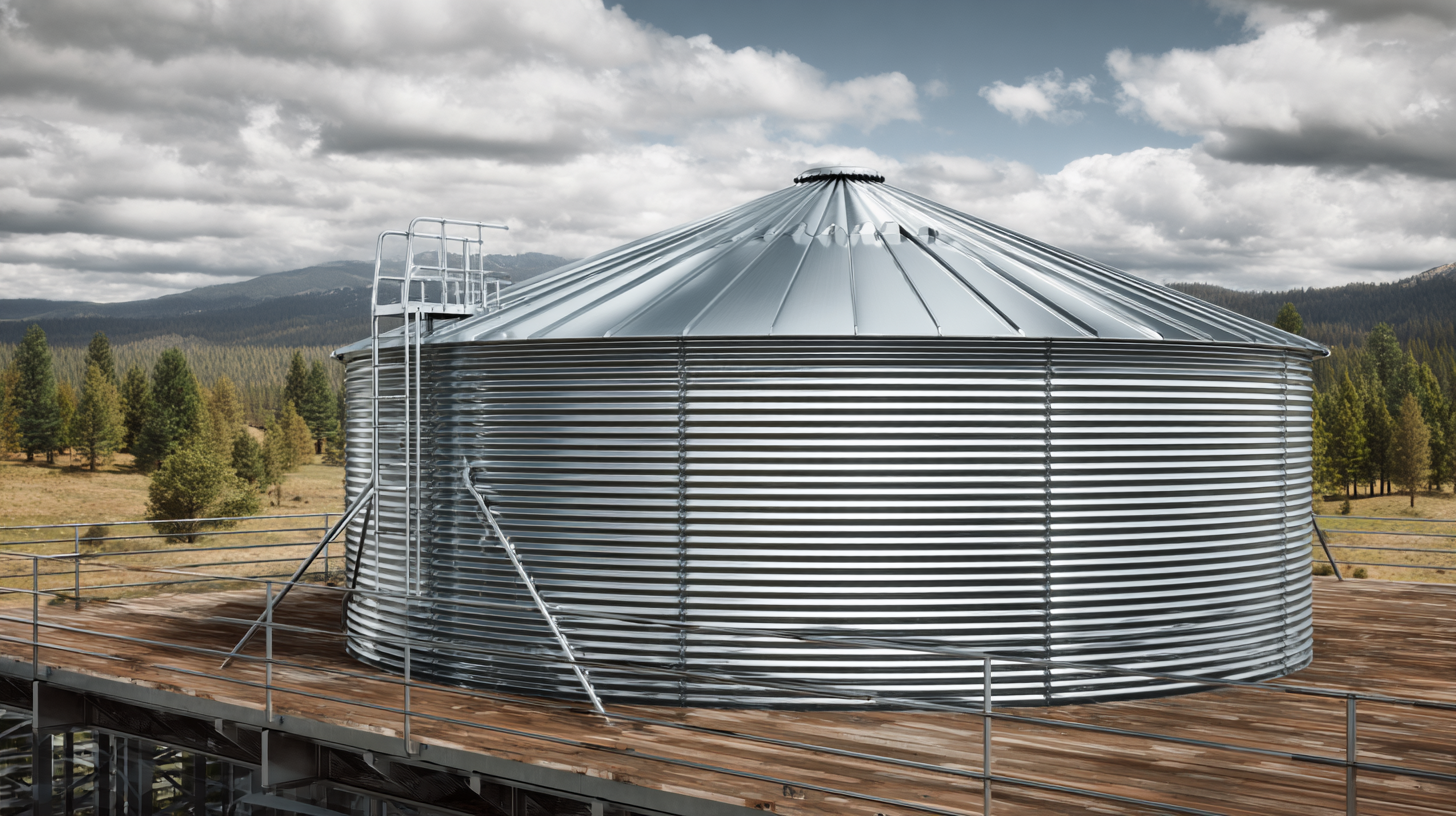
Furthermore, with the increasing emphasis on sustainable water management practices, industries are adopting corrugated steel tanks due to their eco-friendly production methods and recyclability. As demand grows, forecasts from the Global Water Tank Market Analysis predict a significant increase in the market share of corrugated steel tanks, highlighting their effectiveness in addressing water storage needs across diverse sectors.
Choosing the appropriate tank involves assessing various factors, such as size, capacity, environmental conditions, and specific usage requirements, to ensure optimal performance and longevity.
When selecting the right corrugated steel water tank, it's essential to understand the various types available on the market. Generally, corrugated steel water tanks can be categorized into single-walled and double-walled designs. Single-walled tanks are more cost-effective and provide adequate storage for systems with limited space. According to a report by the American Water Works Association, opting for single-walled tanks can reduce initial setup costs by up to 20%, making them an attractive choice for budget-conscious projects.
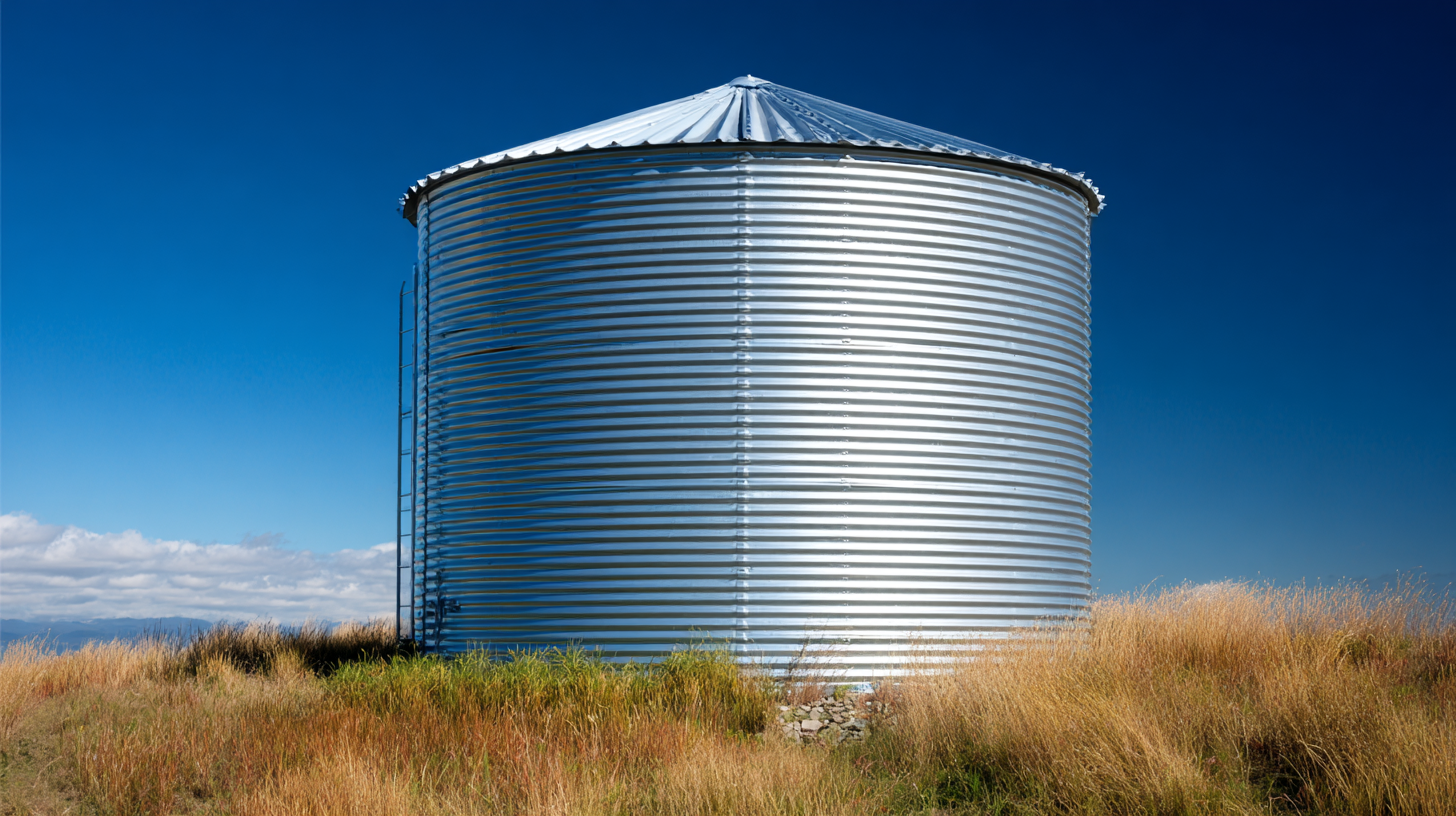 On the other hand, double-walled tanks offer enhanced durability and protection against environmental factors, which can lead to increased longevity and reduced maintenance costs. The International Journal of Environmental Engineering suggests that double-walled tanks can extend lifespan by 30% compared to single-walled counterparts, especially in harsh climates. Furthermore, corrugated steel's inherent strength provides a high resistance to corrosion, particularly when coated with specialized protective layers, ensuring that your investment remains secure for years. Understanding these differences is crucial for making an informed choice that aligns with both your storage needs and budget considerations.
On the other hand, double-walled tanks offer enhanced durability and protection against environmental factors, which can lead to increased longevity and reduced maintenance costs. The International Journal of Environmental Engineering suggests that double-walled tanks can extend lifespan by 30% compared to single-walled counterparts, especially in harsh climates. Furthermore, corrugated steel's inherent strength provides a high resistance to corrosion, particularly when coated with specialized protective layers, ensuring that your investment remains secure for years. Understanding these differences is crucial for making an informed choice that aligns with both your storage needs and budget considerations.
When selecting a corrugated steel water tank, evaluating size and capacity is paramount for meeting your specific water storage requirements. Proper sizing ensures that the tank can accommodate your peak demand and seasonal variations. For instance, in regions like the Ruzizi plain, effective water resource management emphasizes the importance of evaluating storage capabilities to adapt to climate change impacts, suggesting that tank sizes should reflect both current and anticipated future water demands.
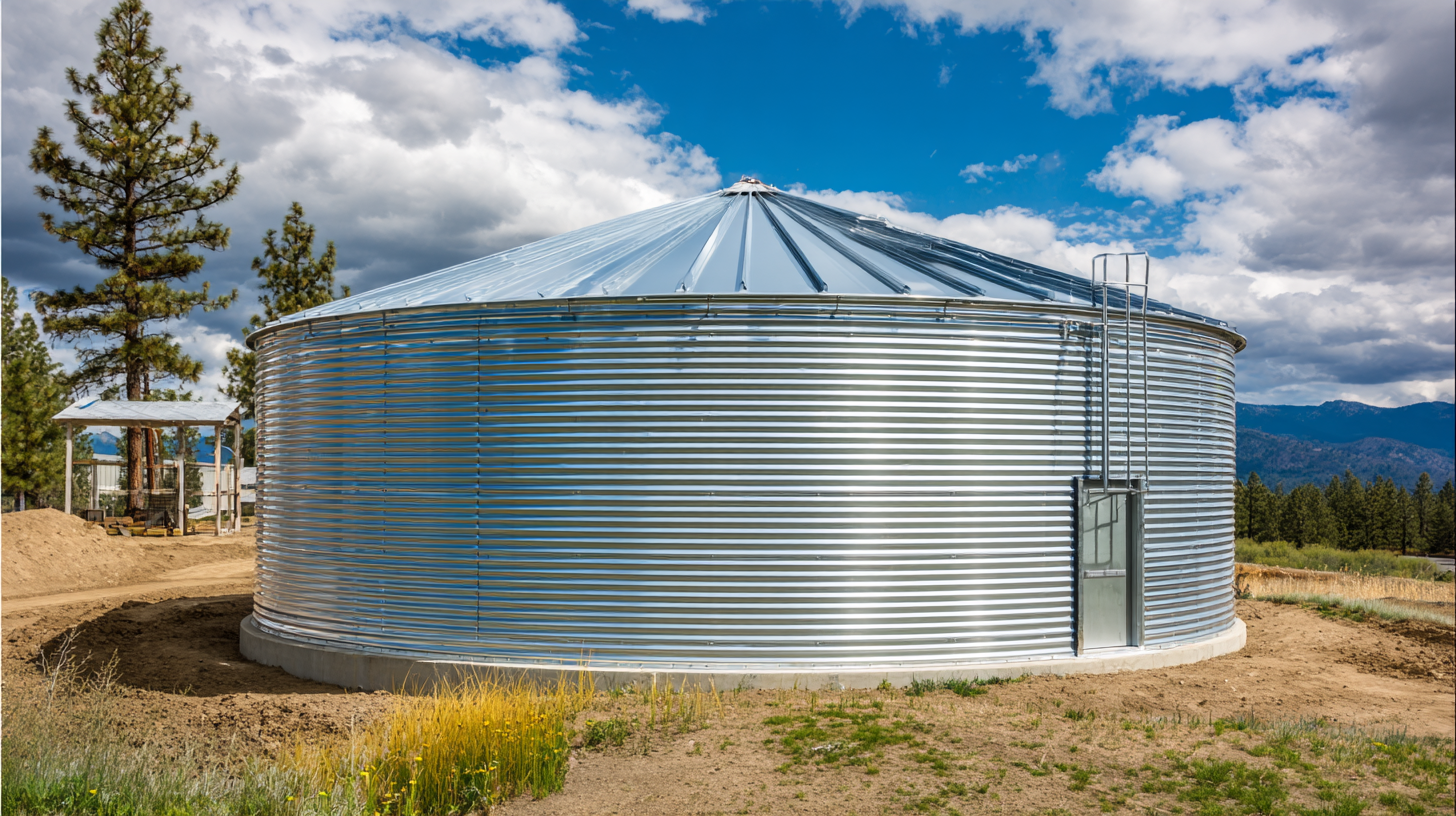
Research has shown that environmental conditions significantly influence water storage capacities. The study on drought cycle analysis indicates that a dense network of small reservoirs can alter drought events, highlighting the necessity of determining capacity based on local hydrological factors. Furthermore, detailed assessments, such as those conducted in Addis Ababa, have demonstrated that understanding the interplay between surface and groundwater resources can inform optimal tank sizing for urban water supply systems. Aligning tank capacity with these insights not only enhances water availability but promotes sustainable management practices crucial in addressing increasing water insecurity.
When selecting a corrugated steel water tank, assessing its corrosion resistance and durability is of paramount importance. According to the Steel Tank Institute, corrosion accounts for over $276 billion annually in the United States alone. This staggering figure underscores the need for materials that can withstand environmental challenges. A well-engineered corrugated steel tank should be coated with high-quality galvalume or zinc to enhance its corrosion resistance. The ASTM A792 standard emphasizes that such protective coatings can significantly extend the life of the steel tank, making it a wise investment for both residential and industrial applications.
In addition to coatings, the structural design of the tank plays a critical role in its overall durability. The American Water Works Association (AWWA) states that tanks designed with adequate wall thickness and reinforced seams can withstand additional stress from factors such as temperature fluctuations and water pressure. Engaging with manufacturers who provide detailed performance data and compliance certifications can help ensure that you are selecting a tank that not only meets industry standards but also aligns with your specific needs.
Investing time in understanding these durability features will ultimately lead to a more reliable and long-lasting water storage solution.
When selecting a corrugated steel water tank, it's essential to consider not only the tank's capacity and design but also the installation and maintenance requirements that ensure the tank's longevity. Proper installation is critical; factors such as the foundation, location, and accessibility for maintenance can significantly impact the tank's performance over time. According to industry reports, a well-installed tank can last several decades, reducing the need for costly replacements and repairs.
Maintenance is another crucial aspect that should not be overlooked. Regular inspections and cleaning are vital to prevent corrosion and ensure the tank remains hygienic. Reports indicate that proper upkeep can extend the lifespan of a steel water tank significantly. For instance, the global market for automotive steel wheels, valued at approximately $5.4 billion in 2025, is also projected to grow at a compound annual growth rate (CAGR) of 4.8% by 2033. This growth underscores the importance of durable materials and thoughtful maintenance practices across various sectors, including water storage solutions. Investing in quality installation and adhering to maintenance protocols not only optimizes the tank's function but also contributes to a sustainable investment in water resources.
When it comes to selecting a corrugated steel water tank, comparing cost and value across various manufacturers and models is crucial for making an informed decision. Different manufacturers offer varying pricing structures based on the materials used, the tank's size, and additional features like insulation and coatings. It’s important to evaluate the initial investment against the long-term benefits. A lower upfront cost might be enticing, but it is essential to consider the durability and reliability of the tank, as cheaper options might lead to higher maintenance costs or a shorter lifespan.
In addition to price, assessing the value involves looking beyond just monetary costs. Consider factors such as the manufacturer's reputation, customer service, and warranty options. Some manufacturers might charge more but provide superior service or extensive warranties that can significantly enhance the overall value of the investment. Researching user reviews and comparisons can help highlight which models have proven to deliver the best performance over time. By weighing these cost versus value considerations, you can find a corrugated steel water tank that best meets your specific needs.
| Model | Capacity (Gallons) | Material Thickness (Gauge) | Cost ($) | Warranty (Years) | User Rating (out of 5) |
|---|---|---|---|---|---|
| Model A | 500 | 20 | 1200 | 10 | 4.5 |
| Model B | 1000 | 18 | 1800 | 15 | 4.7 |
| Model C | 750 | 22 | 1500 | 12 | 4.4 |
| Model D | 1200 | 16 | 2000 | 20 | 4.8 |
| Model E | 2000 | 14 | 2500 | 25 | 4.6 |

